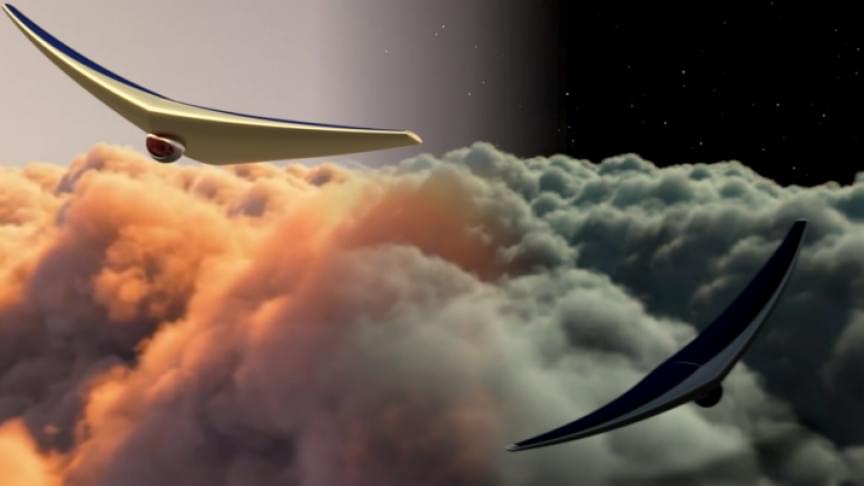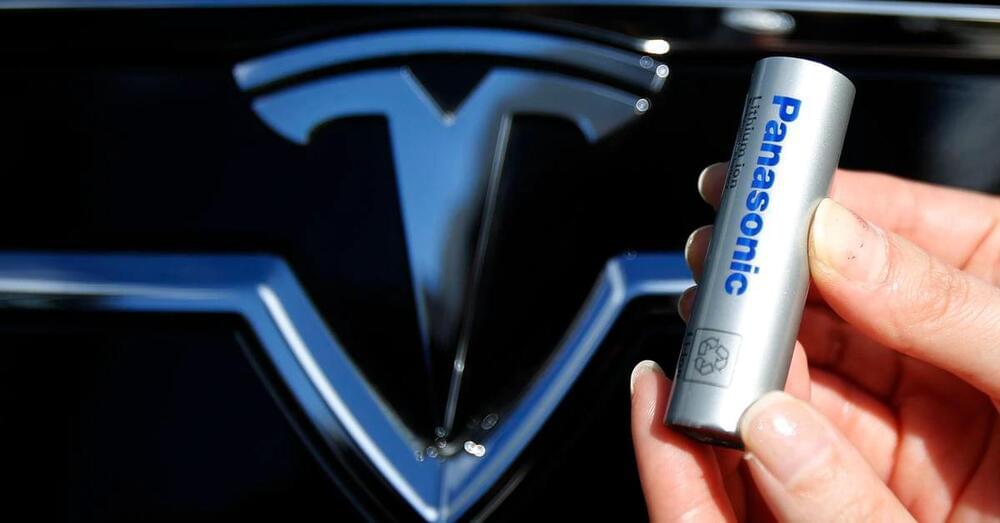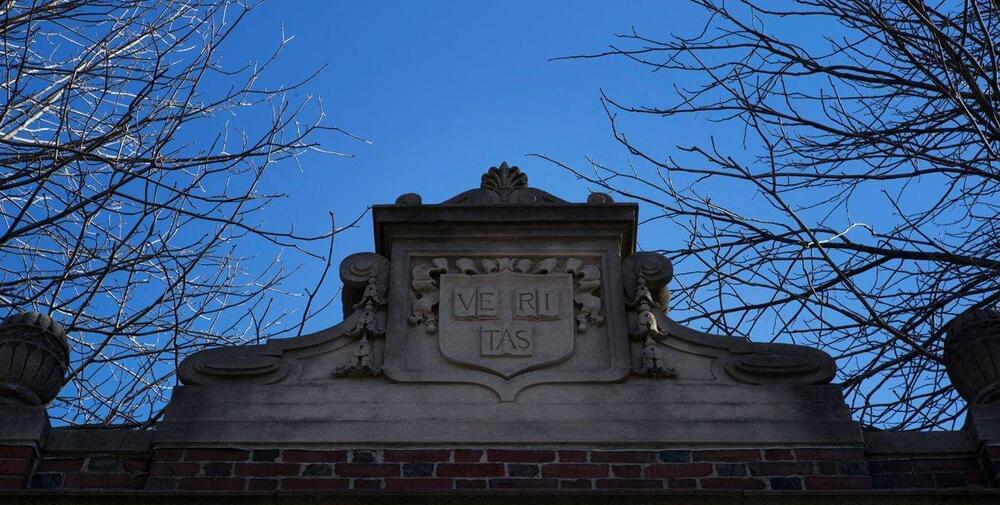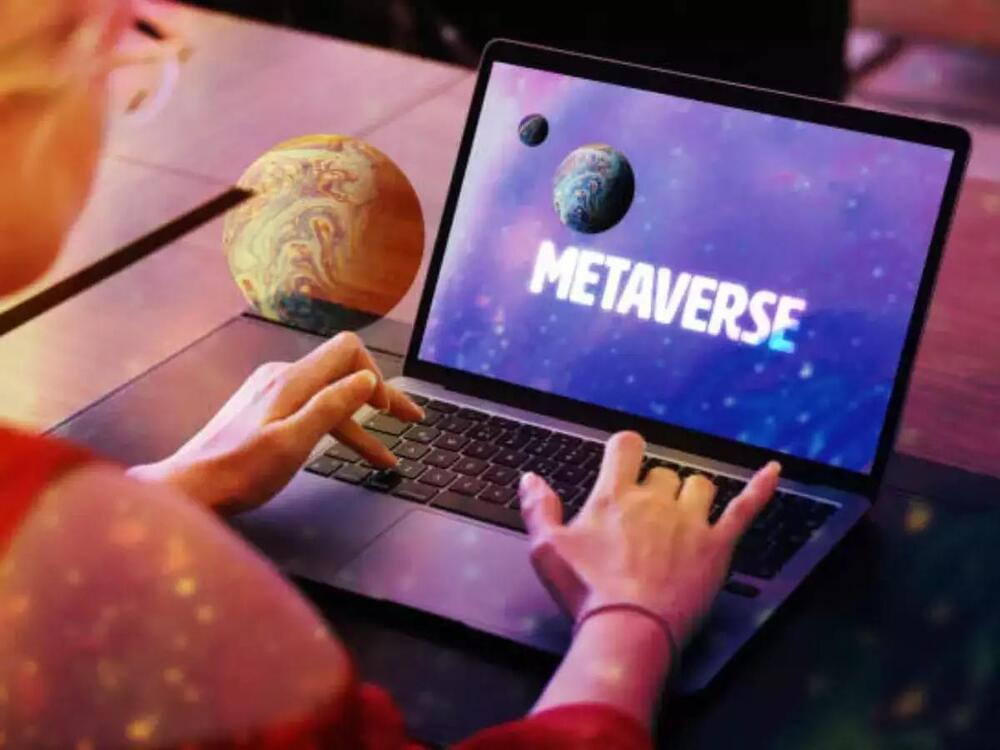
Get the latest international news and world events from around the world.


Russia accused of using banned ‘vacuum bomb’
Claims that a devastating Thermobaric weapon was used during Russia’s invasion of Ukraine have prompted calls for an investigation for violations of the Geneva Convention.

Panasonic to begin mass producing new Tesla battery
TOKYO, Feb 28 (Reuters) — Panasonic Corp (6752.T) said on Monday it will begin mass production of a new lithium-ion battery for Tesla Inc (TSLA.O) before the end of March 2024 at a plant in Japan.
Unveiled by the Japanese company in October, the 4,680 format (46 millimetres wide and 80 millimetres tall) battery is around five times bigger than those currently supplied to Tesla, meaning the U.S. electric vehicle (EV) maker will be able to lower production costs.
The new powerpack is also expected to improve vehicle range, which could help Tesla lure more drivers to EVs.

Breakthrough gene-editing technology belongs to Harvard, MIT —U.S. tribunal
Feb 28 (Reuters) — A U.S. tribunal overseeing patent disputes ruled on Monday that patents on the breakthrough gene-editing technology known as CRISPR belong to Harvard University and the Massachusetts Institute of Technology.
The U.S. Patent and Trademark Office’s decision is a defeat for the University of California, Berkeley; the University of Vienna and Nobel Prize-winning researcher Emmanuelle Charpentier.
Harvard’s and MIT’s Broad Institute, which obtained the first CRISPR patent in 2014 and later obtained related patents, said the decision confirmed its patents were properly issued.

Largest bacterium ever discovered is longer than a housefly
Biologists have discovered the largest bacterium ever found, with a single cell measuring a mammoth 2 cm (0.8 in) long. Visible to the naked eye, this new species has some bizarre characteristics that make it like a missing link in the evolution of complex cells like those in humans.
Most species of bacteria measure between one and five micrometers long, but the biggest previously known was Thiomargarita namibiensis, which tops out at 750 micrometers or 0.75 mm. But this newly identified species blows everything else out of the water – its average length is a whopping 9,000 micrometers (0.9 cm/0.4 in), with the largest recorded specimen reaching 2 cm. This single cell is longer than your everyday housefly.
This gigantic size completely upends the accepted scientific understanding of how big bacteria could possibly get. It was long believed that the size of bacteria was limited by the distance that the molecules they exchange with their environment could travel. If nutrients can’t make the journey from their membrane to their interior, and if toxins can’t do the reverse trip, the organism wouldn’t be viable.

A Surprise Discovery Points to the Source of Fast Radio Bursts
After a burst lit up their telescope “like a Christmas tree,” astronomers were able to finally track down the source of these cosmic oddities.

Not just China, South Korea is betting big on metaverse too — plans to spend $187 million to build its national ecosystem, form a Digital New Deal
Other than creating experts, the Ministry’s statement detailed three other objects for the future, which include creating an expanded virtual world (translated from Korean). The government also wants the metaverse platform to focus on industrial convergence and lifestyle, using it for growing Korea’s education industry, media and its cities.
Further, the statement also said that content creators will get support from the government’s strategy. The Ministry will also host hackathons, developer events etc. aimed at fostering the country’s metaverse community, while the statement also mentions forming favourable regulatory systems and laws in order to favour the metaverse.

“Mankind must put an end to war — or war will put an end to mankind.” John F. Kennedy
And-at a time of growing global warming, the excessive carbon footprint of modern military weaponry is wholly unacceptable.
Mar 27, 2019 — “Mankind must put an end to war — or war will put an end to mankind.” John F. Kennedy (2202836)